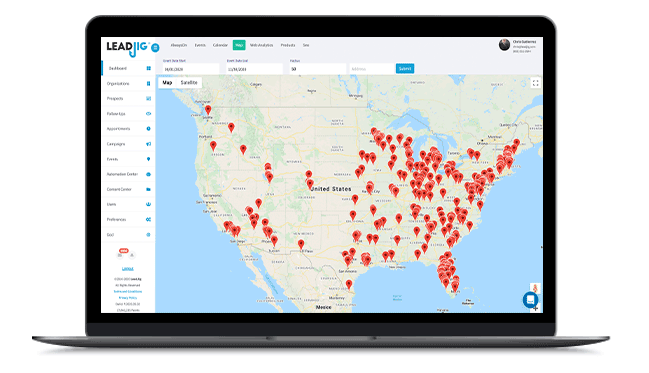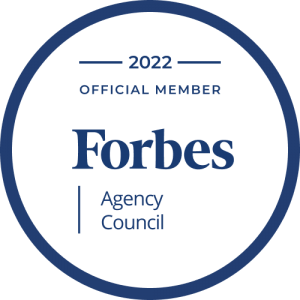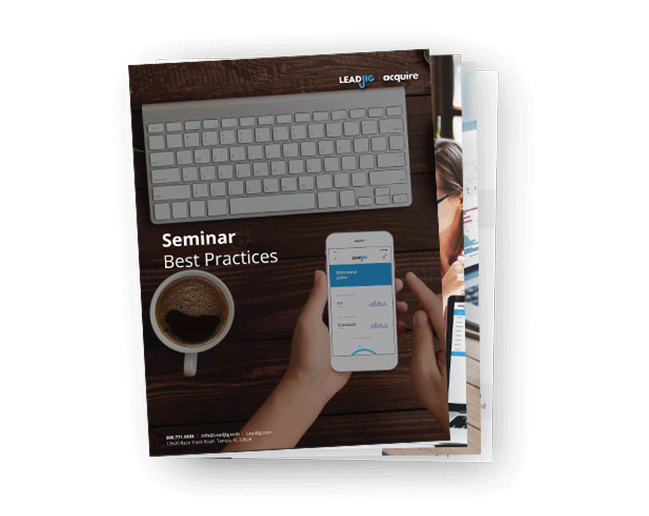Brand equity is described as a measurement of brand value based on widespread customer perception and experiences. With high brand equity, companies charge a premium for their products.
When defining brand equity, compare your brand characteristics with a generic-brand product of similar features and quality. If their brand is better known, more trustworthy, and easily recognizable, their products or services will have a price tag to match.
The usual definition of brand equity identifies the value of positive qualities in companies. Let’s take Apple, for example. Apple’s well-known name and customer loyalty are directly linked to its high brand equity. Many Apple products are perceived as prestigious, user-friendly, and well-made. Therefore, Apple’s annual revenue supersedes that of its competitors. Also, Apple’s flagship product (the iPhone) is relatively pricier when compared to other mobile devices.
Obviously, building a reputation requires the company to deliver quality products and excellent service. Still, over time, customers are likely to choose the brand even if similar products are available. This is because of that built-in trust and previous positive experiences.
Negative Equity
At the same time, you don’t necessarily have to define brand equity as a purely positive trait. Negative brand equity can actually reduce brand trust, especially after mishaps or failures that negatively impact the company’s image.
Negative brand equity can also have consequences that are just as powerful, if not more, as they can instantly ruin a company’s reputation and cause irreparable damage.
Usually, negative brand equity revolves around company mistakes or negligence, but they can involve poor handling of crises or issues too.
Volkswagen faced a backlash for falsifying their car emission test results in 2015. The company deceived its customers into thinking their cars were more fuel-efficient and showed a lack of care for the environment. This event still haunts the car manufacturer to this day.
Another good example is the famous BP oil spill that caused massive damage to the Gulf of Mexico and its ecosystems. The spill devastated the environment, the livelihood of others, and BP’s brand equity.
Positive Equity
We’ve gone through negative brand equity examples, so now let’s explore positive brand equity in today’s business landscape.
Diving deeper into Apple, it has carefully developed and nurtured its public image. As a result, it is one of the most popular brands in the world.
Starting with reliable computers and then completely revolutionizing the smartphone market, Apple has established itself as an innovative company. They remain ahead of the tech curve to provide the most cutting-edge communication solutions to its customers.
By delivering on their promises, companies like Apple have earned the trust of their target audience. Now, they have a large base of followers who won’t even consider alternatives. This is positive brand equity at its finest.
Still, it’s important to note that a reputation can be ruined overnight. Building positive brand equity takes years of consistent quality performance.
You understand the definition of brand equity. You also know the difference between negative and positive equity. Now, let’s break down the process of how to build brand equity for your company.
Since brand equity stems from customer connections, the process to increase it requires nurturing those encounters into a solid relationship.
First off, brand awareness plays a vital role in a company’s brand equity. The more people aware of your brand, the bigger the pool of prospective customers.
Eventually, awareness is likely to evolve into preference. By continuing to deliver on your promises and building on the positive experiences, brand loyalty should strengthen as well.
If you can excel in your marketplace for multiple years, you can expect certain brand associations to develop around your company. People will perceive you as a reliable provider of products and view your selection as superior.
Building brand equity is a long and challenging process that requires delivering top-quality services and products and deeply understanding your audience.
At LeadJig, we provide financial advisor marketing tools that will help you boost your brand equity. With over 2,500 advisors nationwide utilizing our product, you know LeadJig has the capabilities you need to propel your practice to the next level. Request a demo to learn more about our process today!





